DeQuervain’s syndrome is when the compartment that holds the two tendons that move your thumb is surgically released.
1 min read
21 Aug 2020
What is the DeQuervain’s syndrome?
DeQuervain’s syndrome is when the two tendons that move your thumb become thickened. These two tendons lie together in a small compartment in the outer part of your thumb, just below your wrist.
The changes are due to excessive thumb and wrist movement which creates friction, irritation and swelling of the tendons and their supporting sheath. It is usually associated with repetitive activity.
It is also common after having a baby when new forces through your thumb and wrist occur with lifting your baby.
What may I experience?
To help better assess your injury, fill in the DASH questionnaire.
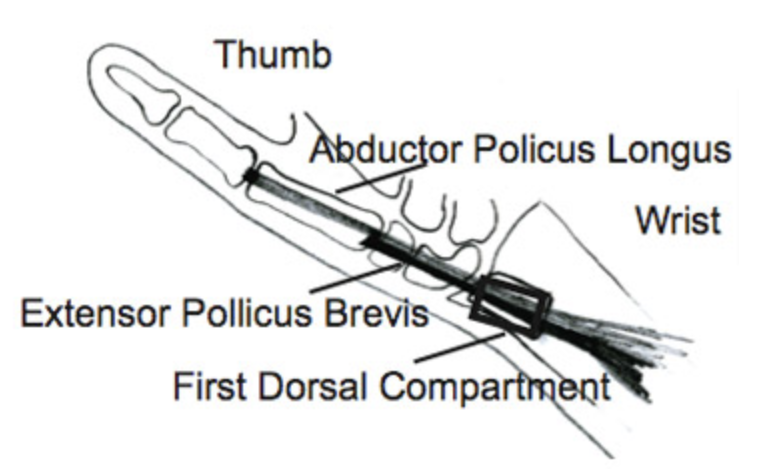
You need to wear a custom made splint to rest the tendons for three to six weeks. Occasionally, the splint needs to be worn for up to three months. You will learn about how to alter the activites that produced the pain.
You will also need to look at ways to temporarily rest your hand. Usually, three to six weeks of therapy is required to aide in the reduction of pain, educate you in ways to alter activities which aggravate the injury and provide you with stretching and strengthening exercises. You will also be given a home program to follow.
Recovery time is dependent on the severity of the injury and the activities of the patient. In most cases, after wearing a splint for three weeks, pain should be significantly reduced. Sometimes a splint is required for up to three months.
Because DeQuervains is a mechanical injury it is essential that there is a change in the way certain activities are performed. The activity that aggravated the condition must not be continued to be carried out in the same way. If the therapists instructions are adhered to, you can expect to remain pain free once treated.
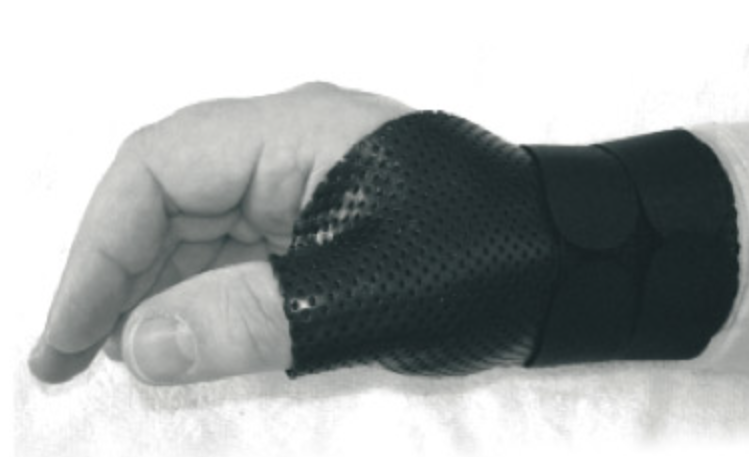
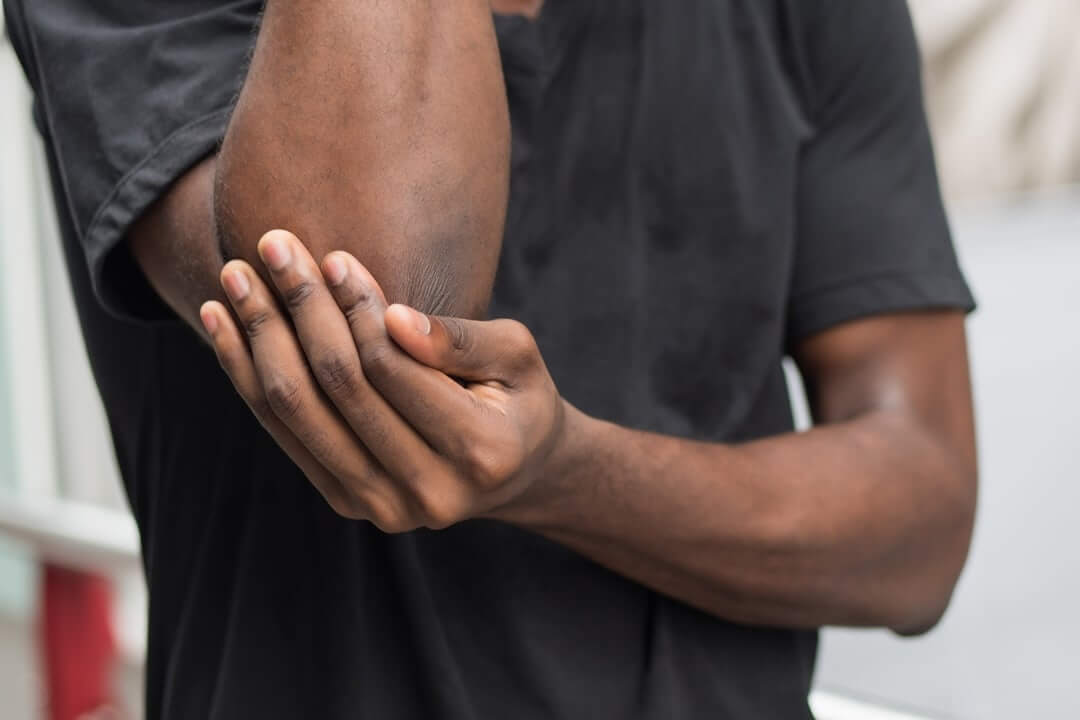
Acute pain is when the body is working to heal structural tissue damage. Everything is done to ensure structural and mechanical integrity if maximised of the injured tissues.

Most wounds recover in the repair phase of healing. Our therapists look after your wounds by providing dressings that are applied with a sterile technique to avoid infection.
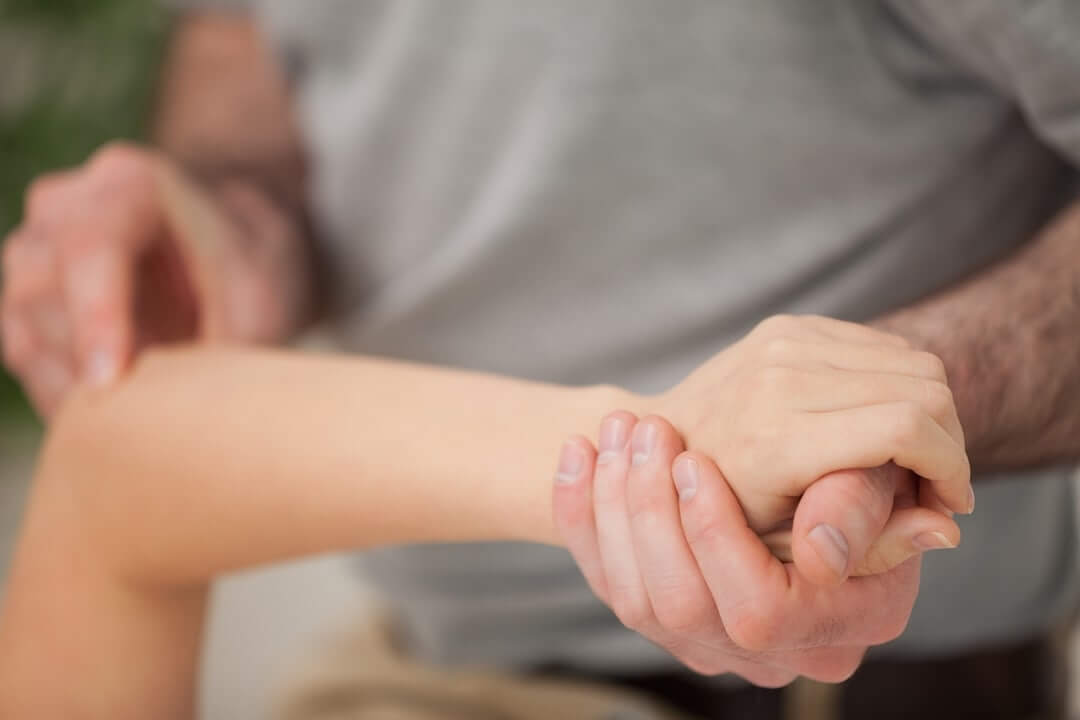
Joint mobilisation involves moving the joint back and forth in small oscillating movements further and further into range to restore the joints normal movement.
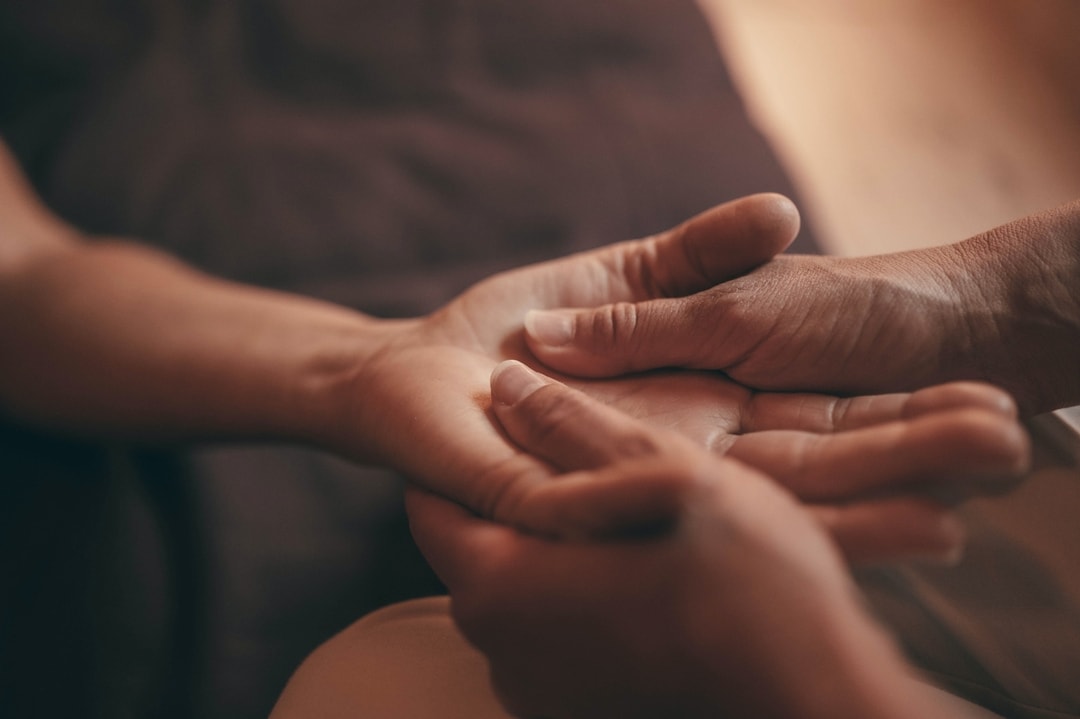
Massage helps to improve blood supply to the injured area, helping you recover faster.
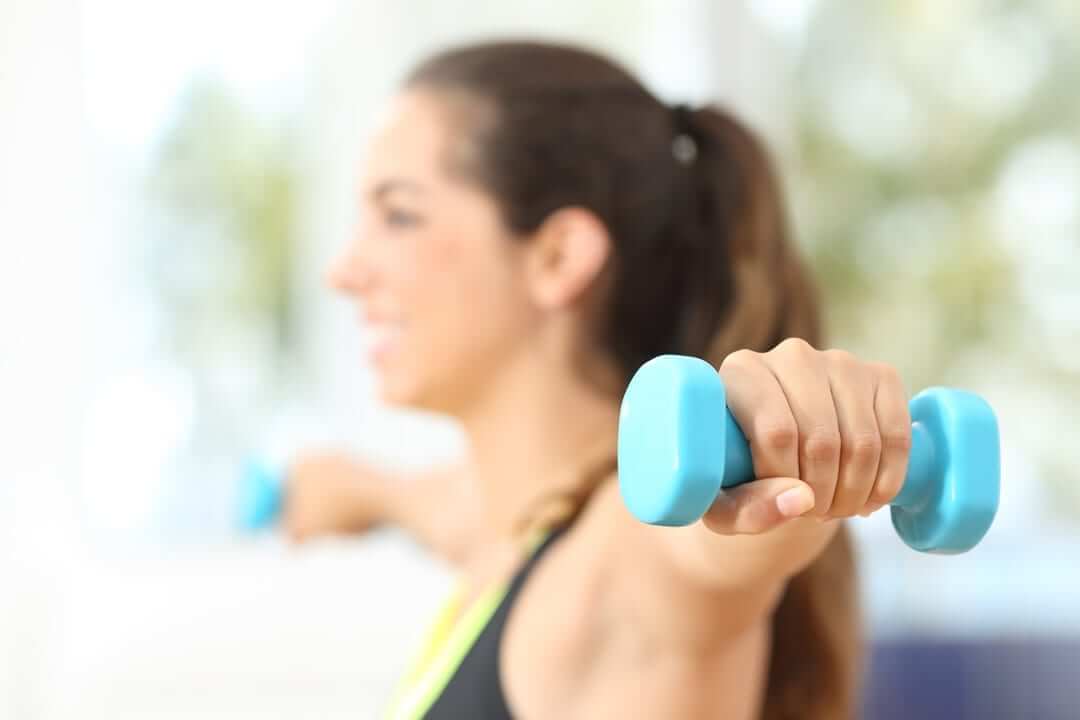
Exercise is the body’s natural way of restoration to improve stability, mechanics, strength and movement to an injury. Whether the injury is from overuse, trauma, disease or surgery exercises are necessary to restore function.
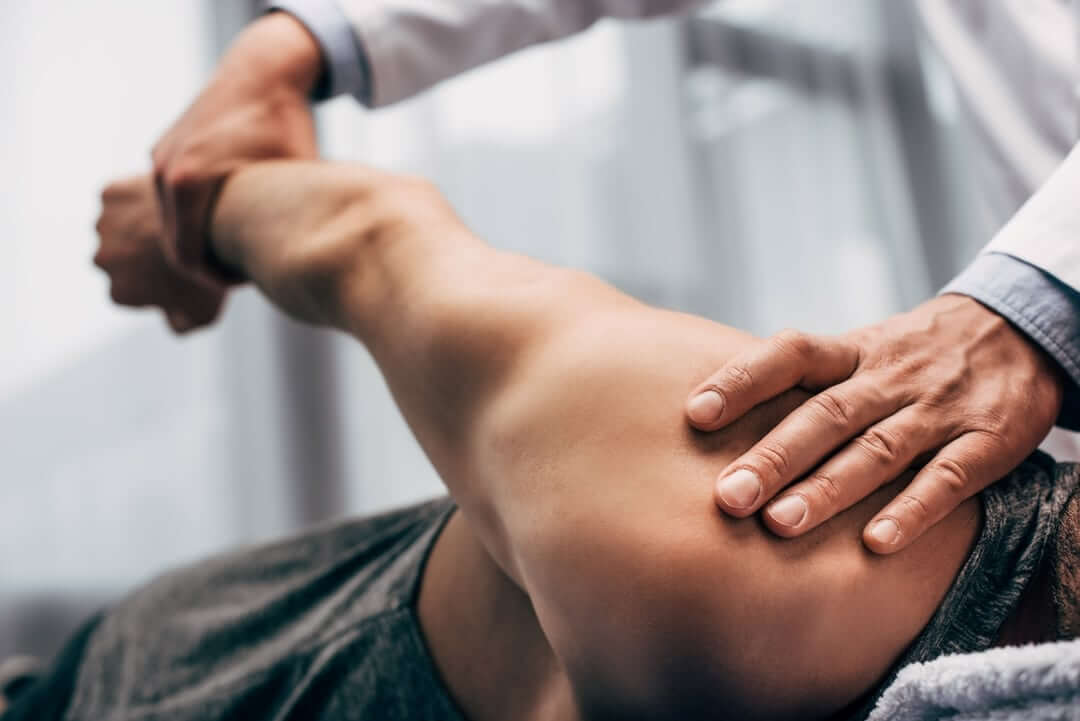
Stretching is extremely beneficial for our joints, muscles and tendons. Not only do they help prepare your body work/exercises they ensure you are working at your optimum energy efficiency.